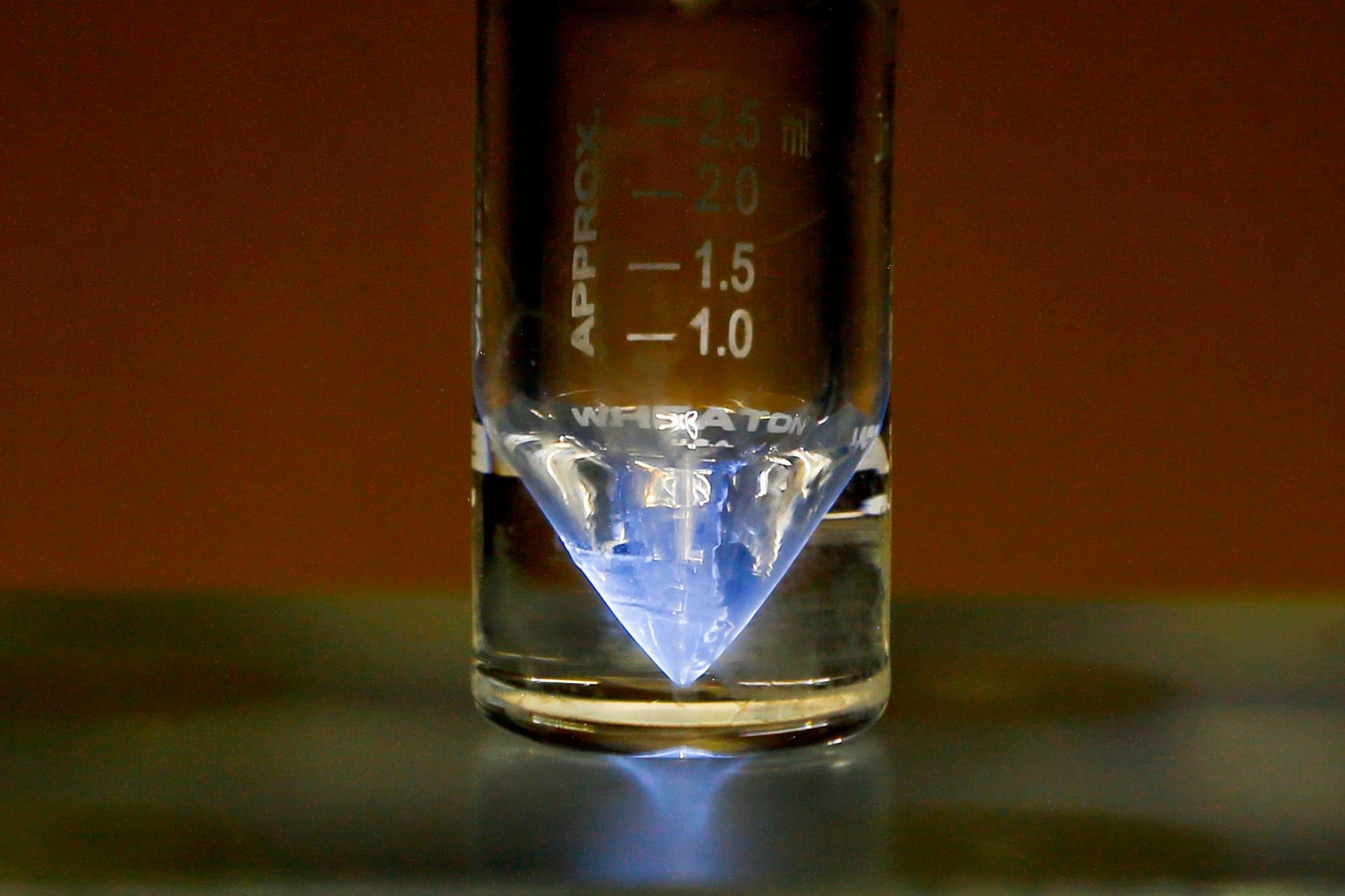
Actinium is a fascinating element with a lot of unique properties. Found in the periodic table with the symbol Ac and atomic number 89, this silvery metal is part of the actinide series. Did you know that Actinium was discovered in 1899 by Friedrich Oskar Giesel? This element is highly radioactive and glows in the dark due to its intense radioactivity. Actinium is primarily used in radiation therapy for cancer treatment and as a neutron source. Its rarity and high radioactivity make it a subject of interest for scientists and researchers. Curious about more intriguing facts about Actinium? Keep reading to uncover 50 amazing facts about this remarkable element!
Key Takeaways:
- Actinium, a rare and radioactive element, has a fascinating history and important uses in medicine and research. Its unique properties make it both intriguing and potentially hazardous.
- Actinium's radioactivity gives it a cool glow in the dark, but also requires careful handling and safety measures. Despite its risks, it plays a crucial role in cancer treatment and scientific exploration.
What is Actinium?
Actinium is a fascinating element with unique properties and a rich history. This silvery radioactive metal is part of the actinide series in the periodic table. Let's dive into some intriguing facts about Actinium.
-
Actinium's Symbol: The chemical symbol for Actinium is Ac.
-
Atomic Number: Actinium has an atomic number of 89.
-
Discovery: Actinium was discovered in 1899 by Friedrich Oskar Giesel.
-
Name Origin: The name "Actinium" comes from the Greek word "aktinos", meaning ray or beam.
-
Radioactivity: Actinium is highly radioactive, emitting alpha particles.
-
Appearance: This element has a silvery-white appearance.
-
Density: Actinium has a density of 10.07 g/cm³.
-
Melting Point: The melting point of Actinium is 1,050°C (1,922°F).
-
Boiling Point: Actinium boils at 3,198°C (5,788°F).
-
Half-Life: The most stable isotope, Actinium-227, has a half-life of 21.77 years.
Actinium's Place in the Periodic Table
Actinium holds a special place in the periodic table, being the first element in the actinide series. Here are some more facts about its position and relationships with other elements.
-
Group: Actinium belongs to the actinide series.
-
Period: It is found in period 7 of the periodic table.
-
Block: Actinium is part of the f-block elements.
-
Series Starter: Actinium is the first element in the actinide series.
-
Similar Elements: It shares properties with lanthanides and other actinides.
-
Electron Configuration: The electron configuration of Actinium is [Rn] 6d¹ 7s².
-
Oxidation State: Actinium commonly exhibits an oxidation state of +3.
-
Isotopes: There are 36 known isotopes of Actinium.
-
Natural Occurrence: Actinium is found in trace amounts in uranium ores.
-
Extraction: It is extracted from pitchblende and monazite.
Uses of Actinium
Despite its rarity and radioactivity, Actinium has some important applications. Let's explore how this element is used in various fields.
-
Medical Applications: Actinium-225 is used in targeted alpha therapy for cancer treatment.
-
Neutron Sources: Actinium-227 is used as a neutron source.
-
Research: Actinium is used in scientific research to study radioactive decay.
-
Radiography: It is used in industrial radiography to inspect materials.
-
Thermoelectric Generators: Actinium can be used in thermoelectric generators for space missions.
-
Tracer Studies: It is used as a tracer in geological and environmental studies.
-
Luminescence: Actinium compounds can exhibit luminescence.
-
Heat Source: Its radioactivity makes it a potential heat source.
-
Alpha Emitters: Actinium is a source of alpha particles for various applications.
-
Radiopharmaceuticals: Actinium isotopes are used in radiopharmaceuticals.
Safety and Handling
Due to its high radioactivity, Actinium requires careful handling and specific safety measures. Here are some important facts about its safety and handling.
-
Radiation Hazard: Actinium is a significant radiation hazard.
-
Protective Gear: Handling Actinium requires protective gear.
-
Storage: It must be stored in shielded containers.
-
Regulations: Handling and disposal are regulated by strict guidelines.
-
Health Risks: Exposure can cause radiation sickness and cancer.
-
Environmental Impact: Actinium can contaminate the environment if not properly managed.
-
Disposal: Disposal of Actinium waste requires special procedures.
-
Monitoring: Continuous radiation monitoring is necessary when working with Actinium.
-
Training: Proper training is essential for anyone handling Actinium.
-
Emergency Procedures: Specific emergency procedures must be in place for accidents.
Fun Facts about Actinium
Actinium has some quirky and fun aspects that make it even more interesting. Here are some fun facts to wrap up our exploration.
-
Glows in the Dark: Actinium glows a pale blue in the dark due to its radioactivity.
-
Rare Element: It is one of the rarest elements on Earth.
-
First Isolated: Actinium was first isolated by André-Louis Debierne.
-
Historical Use: It was once used in luminescent paint.
-
Space Missions: Actinium could potentially be used in future space missions.
-
Chemical Reactions: It reacts with oxygen and moisture in the air.
-
Compounds: Actinium forms compounds like Actinium oxide and Actinium fluoride.
-
Spectroscopy: It is studied using spectroscopy techniques.
-
Decay Chain: Actinium is part of the neptunium decay chain.
-
Symbol Change: The symbol for Actinium was once Em before being changed to Ac.
Actinium's Fascinating World
Actinium, with its radioactive properties and unique characteristics, stands out in the periodic table. This element, discovered in 1899, has a short half-life and is used in cancer treatment. Its glow in the dark and highly reactive nature make it a subject of interest for scientists and researchers.
Despite its rarity, actinium plays a crucial role in nuclear reactors and medical applications. Its ability to emit alpha particles makes it valuable in radiotherapy. However, handling actinium requires extreme caution due to its radioactivity.
Learning about actinium not only broadens our understanding of chemistry but also highlights the importance of safety in handling radioactive materials. This element, though not widely known, has a significant impact on science and medicine. Keep exploring the wonders of the periodic table, and you'll uncover more intriguing elements like actinium.
Frequently Asked Questions
Was this page helpful?
Our commitment to delivering trustworthy and engaging content is at the heart of what we do. Each fact on our site is contributed by real users like you, bringing a wealth of diverse insights and information. To ensure the highest standards of accuracy and reliability, our dedicated editors meticulously review each submission. This process guarantees that the facts we share are not only fascinating but also credible. Trust in our commitment to quality and authenticity as you explore and learn with us.


